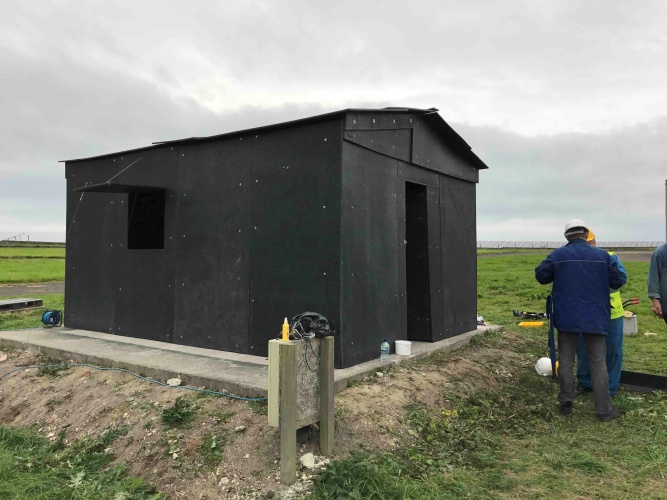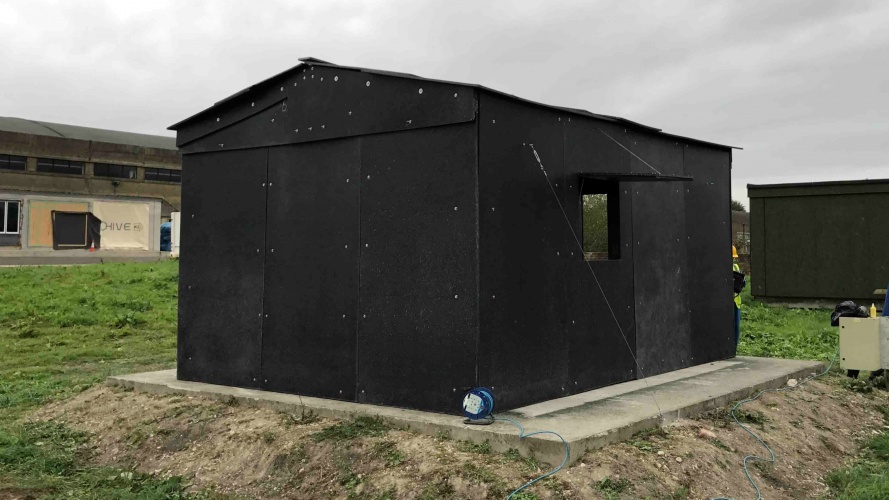
Known as Storm Board, the system could provide protection for people whose homes have been destroyed by natural disasters such as the recent hurricanes that hit parts of the US and the Caribbean. Each shelter measures 3.6 x 4.8 metres, and several units can be linked together to form larger structures. According to the researchers, the panels are made from a variety of waste plastics including those that pollute the oceans, and could even be produced on-board a ship as it removes waste plastic from the sea.
“From the milk bottles to the ice-cream tubs we throw away each day, these waste plastics could provide a recyclable shelter solution to those people who have been left without a home,” said David Coley, Professor of Low Carbon Design at the University of Bath, and the project’s lead researcher.
“The damage plastic causes our oceans and environment is clear to see and by using waste plastic to construct these shelters, we are not only helping put a roof over people’s heads but also playing our own part in reducing the impact of waste plastic.”
The panels can be easily stored for decades then transported in flat pack form on pallets. As well as being manufactured from waste plastic, the shelters themselves are recyclable, and can be either reprocessed or reused once they are no longer required in a given situation. The Bath researchers are currently testing the performance of Storm Board at the University’s Building Research Park in Swindon, where the material's ability to provide adequate shelter in winter weather is being examined.

“The weather proof boards provide a level of insulation and security that a tent simply cannot achieve,” said Nico Stillwell from Protomax.
“Storm Board has the dual purpose of cleaning up the environment and providing jobs and shelter where it is needed. The concept of a mobile ‘factory in a container’ to produce Storm Board where it is needed, for example within a refugee camp, using local resources and manpower is also being developed and tested in conjunction with the University of Bath.”




Labour pledge to tackle four key barriers in UK energy transition
I'm all for clarity and would welcome anyone who can enlighten me about what Labour's plans are for the size and scale of this Great British Energy....